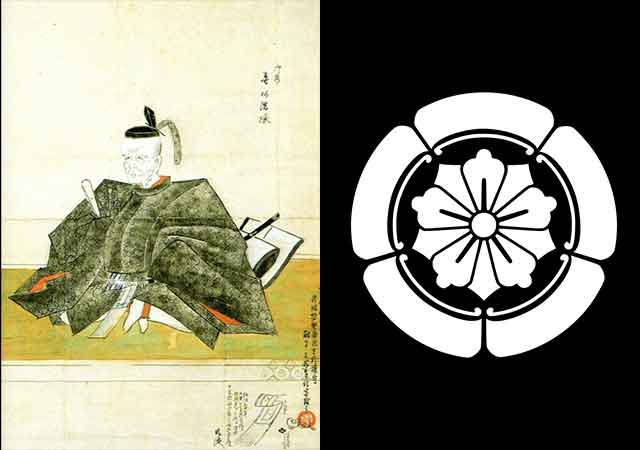
Arima Toyouji was a prominent figure in the late Sengoku and early Edo periods, holding the titles of Daimyo and Lord of Tamba Fukuchiyama. He also had the distinction of being the inaugural Lord of Kurume Domain. Born in Mitsuda Castle at Miki, Arima-gun, Harima Province (present-day Hyogo Prefecture), Toyouji's early years were marked by service to the daimyo Watarase Shigeaki, where he held the position of chief councilor. This allegiance remained until the Watarase clan's involvement in the Toyotomi Hidetsugu incident of 1595, which culminated in their collective seppuku. Subsequently, Toyouji realigned himself with Hideyoshi, earning him a stipend of 30,000 koku and lands in Totomi (now Shizuoka Prefecture).
During Hideyoshi’s Korean Campaign, Toyouji dispatched a contingent of 200 men to safeguard Nagoya Castle in Kyushu. Following Hideyoshi's passing, he allied with Tokugawa Ieyasu and led 900 troops in the Battle of Sekigahara. This included a pre-battle assault on Gifu Castle and active involvement in the main confrontation itself.
For his exceptional contributions, Toyouji received the newly established Tamba Fukuchiyama domain, along with an allocation of 60,000 koku. He further distinguished himself in the 1614 winter Siege of Osaka.
Earlier, in 1606, he had been called upon to contribute manpower, resources, and funds for the reconstruction of Edo Castle’s central Honmaru precincts. The following year, similar requests were made for Sunpu Castle, and in 1618, Osaka Castle also received his support. These ventures, while commendable, placed considerable strain on the domain's finances.
Due to their commendable service, the Arima clan was relocated to Kurume Domain in late 1620, receiving an endowment of 210,000 koku. Adhering to the newly enforced Tokugawa law, which permitted only one castle per domain, Arima initiated the reconstruction of Kurume Castle. Salvaging components from the now-defunct Enokizu and Fukushima Castles, he simultaneously improved economic conditions for all within his domain.
Despite his advancing age, between December 1637 and April 1638, Arima Toyouji led 6,300 men in the Shimabara Rebellion under the Tokugawa banner.
Arima Toyouji was not solely a warrior, but a man of culture, distinguished as one of the Seven Great Followers of Sen No Rikyu. He was also an adherent of Zen Buddhism and a scholar of Confucianism.
Upon his demise at the age of 74, two of his most trusted advisors followed suit, committing Junshi—a form of ritual suicide—to serve their lord in the afterlife. His son, Tadayori, assumed leadership of the clan.
See also
-
Honda Masazumi
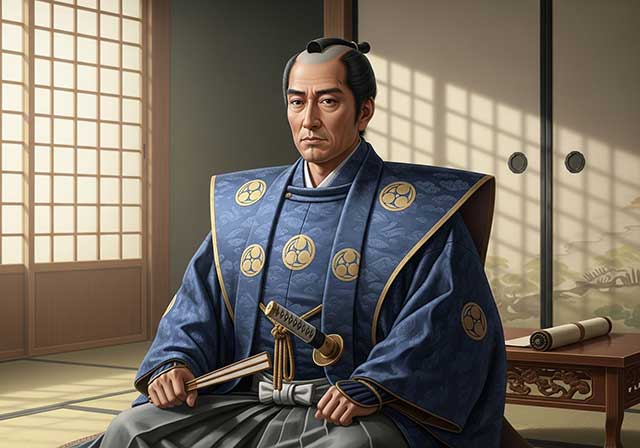
Masazumi was the eldest son of Honda Masanobu. From a young age, he served Tokugawa Ieyasu alongside his father, taking part in the affairs of the Tokugawa house and gradually gaining experience in both military and administrative matters. At the decisive Battle of Sekigahara in 1600, Masazumi was part of the core Tokugawa forces, a clear sign of the high level of trust Ieyasu placed in him. After the campaign ended, he was given a highly sensitive assignment—serving in the guard of the defeated Ishida Mitsunari, one of Tokugawa’s principal enemies—an obligation that required exceptional reliability and caution.
-
Hojo Shigetoki
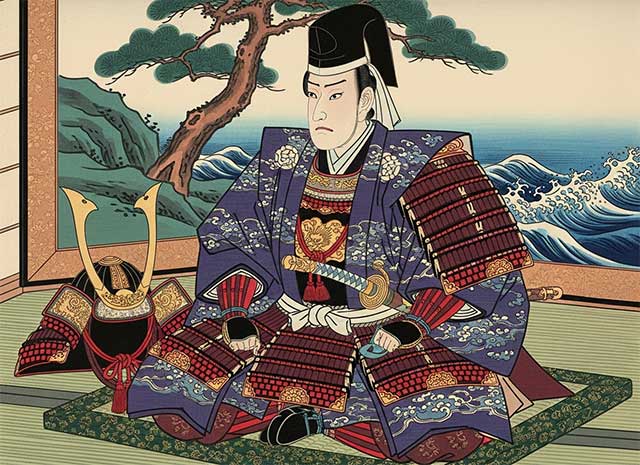
Hōjō Shigetoki, the third son of Hōjō Yoshitoki, was still very young—only five years old—when his grandfather Tokimasa became the first member of the Hōjō clan to assume the position of shogunal regent.
-
Hojo Masako

Masako was one of the most influential and powerful political figures of the era of military rule in Japan. She was the daughter of Hōjō Tokimasa and the wife of Minamoto no Yoritomo.
-
Hojo Soun

Hōjō Nagaudji was one of the prominent military commanders of the late Muromachi period. Thanks to a successful marriage alliance and skillful use of political intrigue, he managed to concentrate full power over the provinces of Suruga, Izu, and Sagami in his own hands. His origins remain unclear, but there is a possibility that he was connected to the Heiji clan of Ise Province, since early in his life he bore the name Ise Shinkurō.
-
Hirano Nagayasu
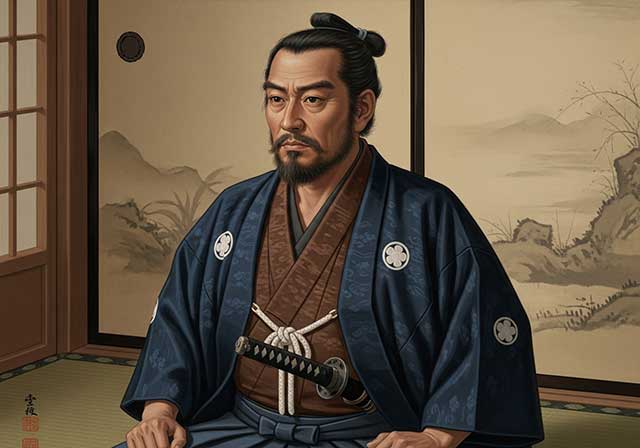
From an early age, Hirano Nagayasu was in the service of Toyotomi Hideyoshi, since Nagayasu’s father, Nagaharu, had faithfully served Hideyoshi during Hideyoshi’s own childhood. Thus, the connection between the Hirano family and the Toyotomi house was established long before Hideyoshi’s rise to power and took the form of hereditary vassal loyalty.
-
Hattori Hanzo

Hattori Hanzō, also known by the name Hattori Masanari, was the third son of Hattori Yasunaga, a samurai who served the Matsudaira clan. In his childhood he was called Tigachi Hanzō. His father held the highest rank in the shinobi hierarchy, that of jōnin, and Hanzō followed in his father’s footsteps, choosing the same path.
-
Hatano Hideharu
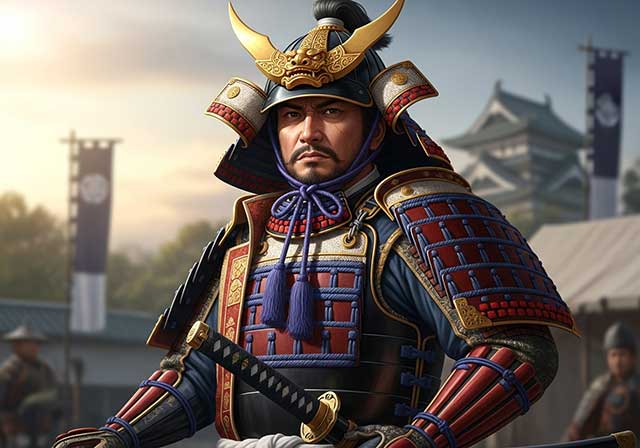
Hatano Hideharu was the eldest son of Hatano Harumichi, the head of the Hatano clan. However, in childhood he was adopted by his uncle, Hatano Motohide, and was therefore formally regarded as Motohide’s heir. From the time of Hideharu’s grandfather, Hatano Tanemichi, the Hatano clan had been a vassal of the powerful Miyoshi house, which exerted considerable influence over the Ashikaga shoguns and effectively shaped the political situation in the region. Early in his career, Hideharu served Miyoshi Nagayoshi and, judging by surviving records, held a fairly high position within his lord’s hierarchy, as he was among the select group invited to the enthronement ceremony of Emperor Ōgimachi in 1557.
-
Fukushima Masanori
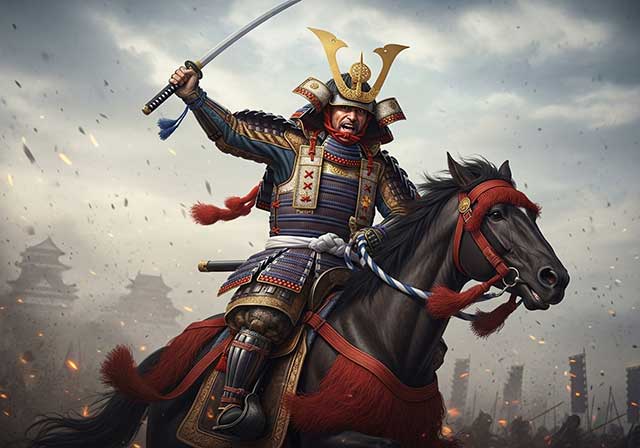
Fukushima Masanori, a samurai from Owari Province, served Toyotomi Hideyoshi and took part in the Battle of Shizugatake, where he distinguished himself so conspicuously that he was awarded the honorary title of one of the “Seven Spears of Shizugatake,” meaning the warriors who had shown the greatest valor in the battle. As a reward for his courage and martial prowess, he was granted land producing an income of 5,000 koku of rice.

